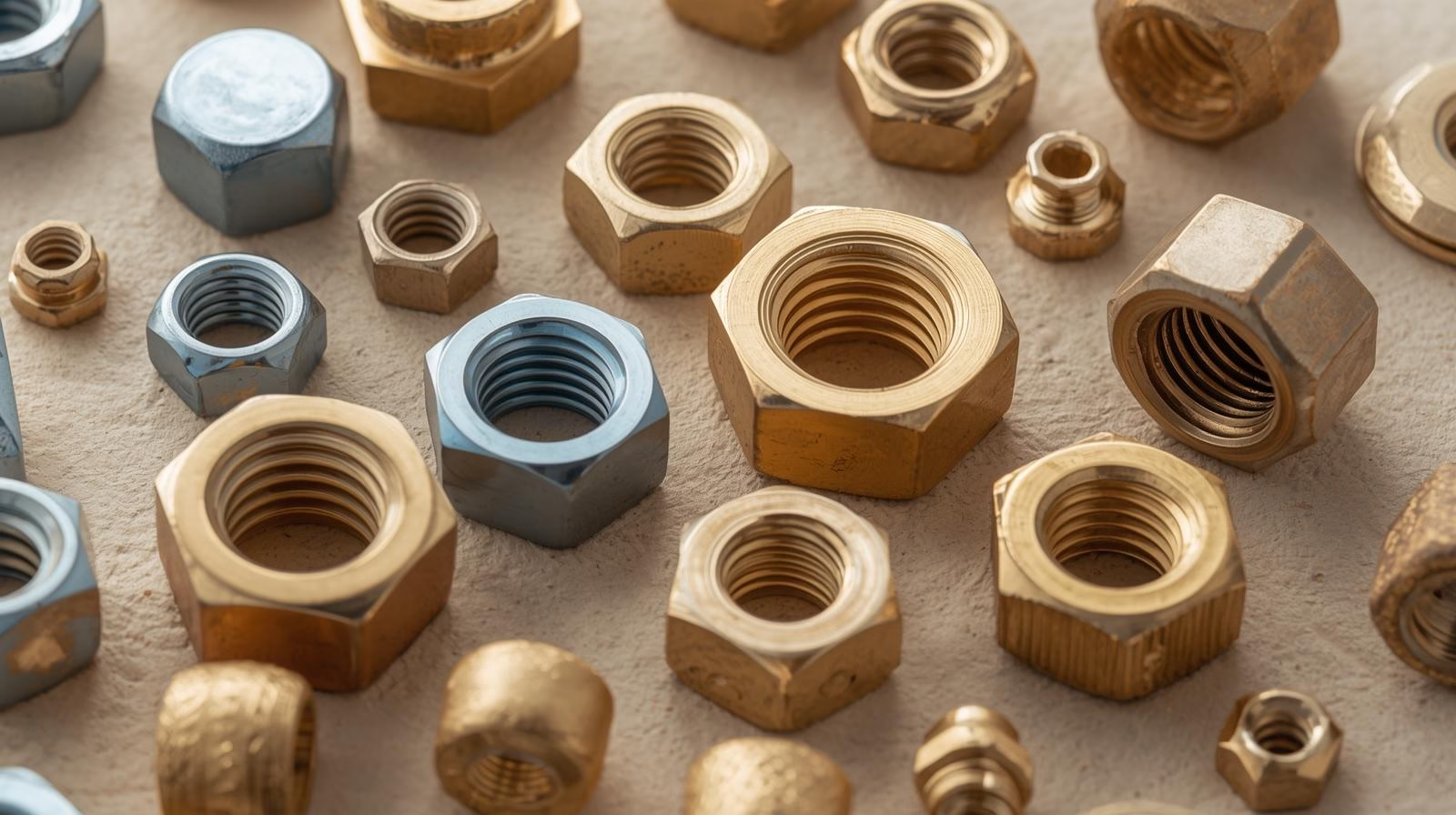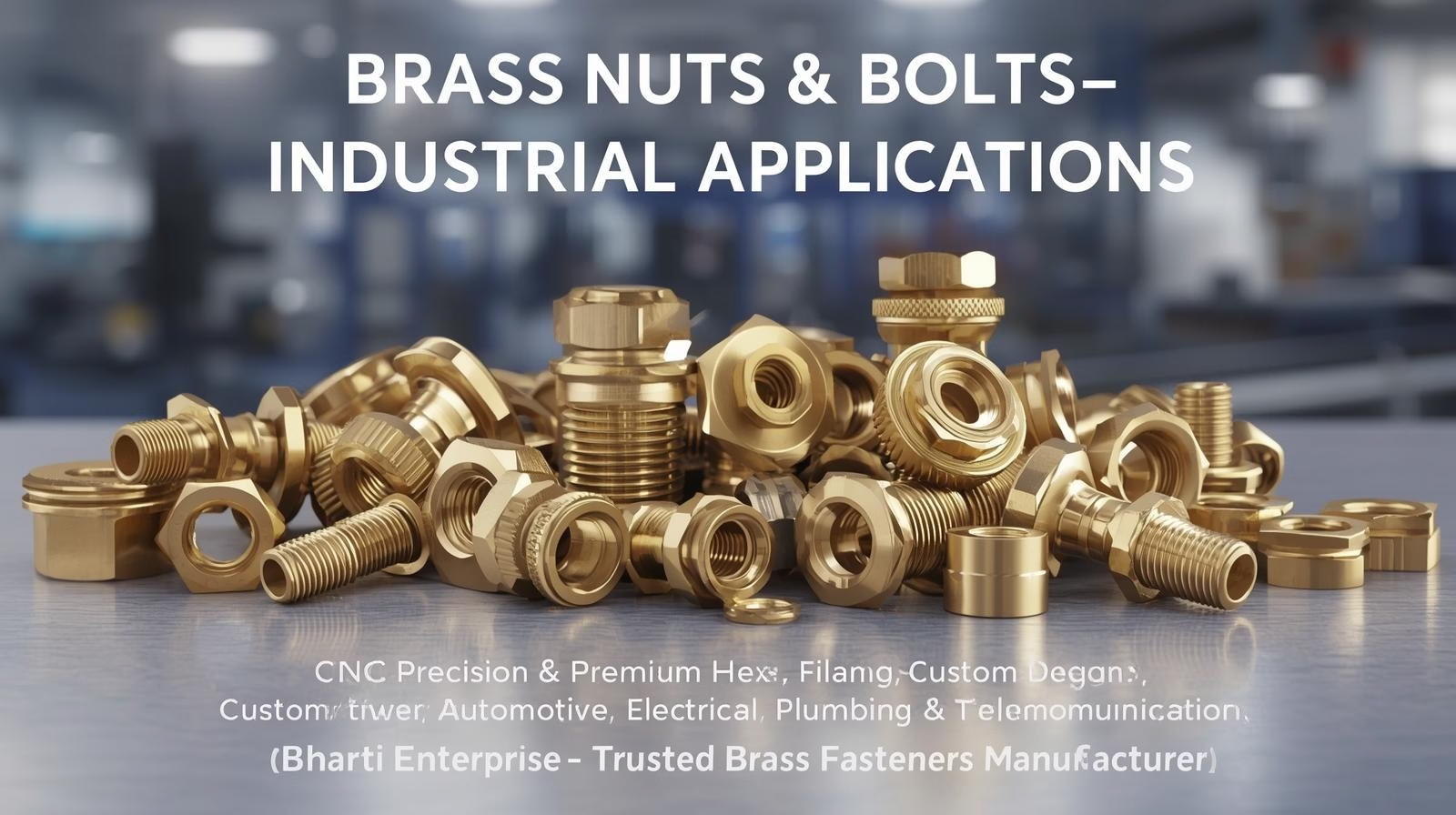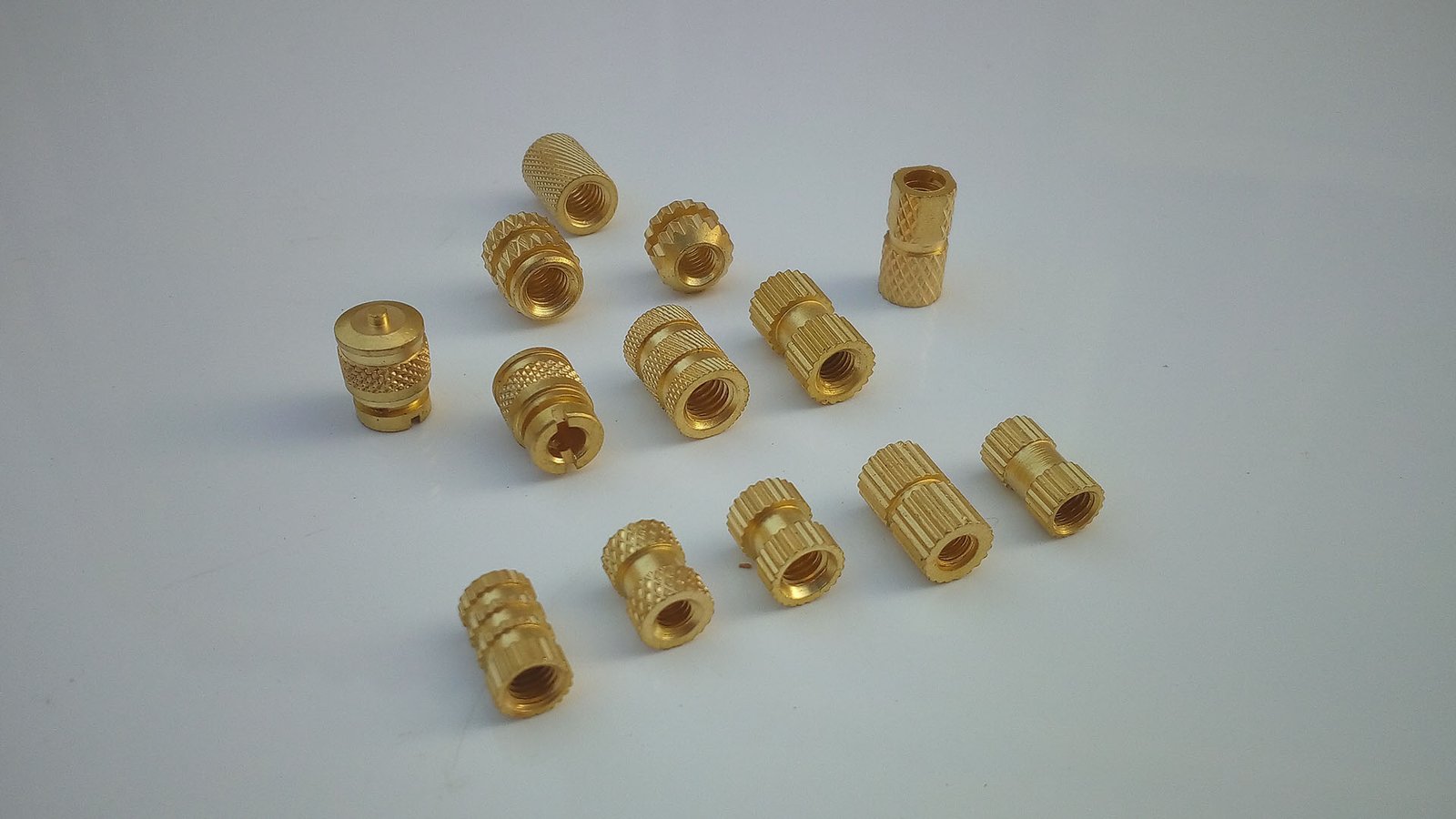Maintenance & Installation Tips for Brass Nuts | Bharti Enterprise
Proper installation and maintenance of Brass Nuts is crucial for ensuring long-lasting performance, safety, and reliability in all industrial, automotive, and electrical applications. At Bharti Enterprise, we provide best practices for handling, installing, and maintaining brass fasteners to maximize their service life.
Installation Best Practices
- Correct Thread Matching – Always pair the nut with the corresponding bolt size and thread pitch to prevent stripping or misalignment.
- Appropriate Torque – Use a calibrated torque wrench to tighten nuts accurately. Over-tightening can deform the brass, while under-tightening may cause loosening.
- Clean Surfaces – Ensure threads are free from debris, dust, or oil for smooth installation.
- Lubrication – Apply anti-seize or light lubricants in high-friction applications to reduce wear and facilitate future disassembly.
- Locking Mechanisms – Utilize flange nuts, lock nuts, or thread-locking compounds in vibration-prone assemblies to prevent loosening.
Maintenance Guidelines
- Routine Inspection – Periodically check nuts for signs of wear, corrosion, or loosening, especially in high-stress environments.
- Corrosion Control – Protect exposed brass nuts with coatings or proper storage to avoid oxidation and deterioration.
- Replacement Protocol – Replace any nut that shows thread damage, deformation, or excessive wear.
- Proper Storage – Store spare nuts in a dry, clean area to maintain quality and prevent corrosion.
Application-Specific Tips
| Application | Maintenance Tip | Reason |
|---|---|---|
| Automotive | Use lock or flange nuts in high-vibration zones | Prevents loosening during operation |
| Electrical | Lubricate threaded connections lightly | Ensures smooth assembly and reduces wear |
| Plumbing | Inspect periodically for mineral deposits | Maintains leak-free performance |
| Industrial Machinery | Adhere to torque specifications | Avoids over-tightening and maintains assembly integrity |
| Export Projects | Label and track batches | Ensures compliance and traceability |
Benefits of Proper Maintenance
- Extended Lifespan – Well-maintained nuts resist wear, corrosion, and mechanical failure.
- Enhanced Safety – Reduces risk of equipment malfunction and accidents.
- Consistent Performance – Maintains proper load-bearing capacity in assemblies.
- Cost Savings – Less frequent replacement and reduced downtime.
Frequently Asked Questions (FAQ)
Q1: Can brass nuts be reused after removal?
A: Yes, if they are undamaged and threads are intact. Always inspect for deformation or wear before reuse.
Q2: How often should brass nuts be inspected?
A: For high-vibration or critical applications, inspect every 3–6 months. For general use, annual inspections are sufficient.
Q3: Are there recommended tools for brass nuts?
A: Use torque wrenches, calibrated spanners, and thread gauges to ensure precise installation and avoid damage.








